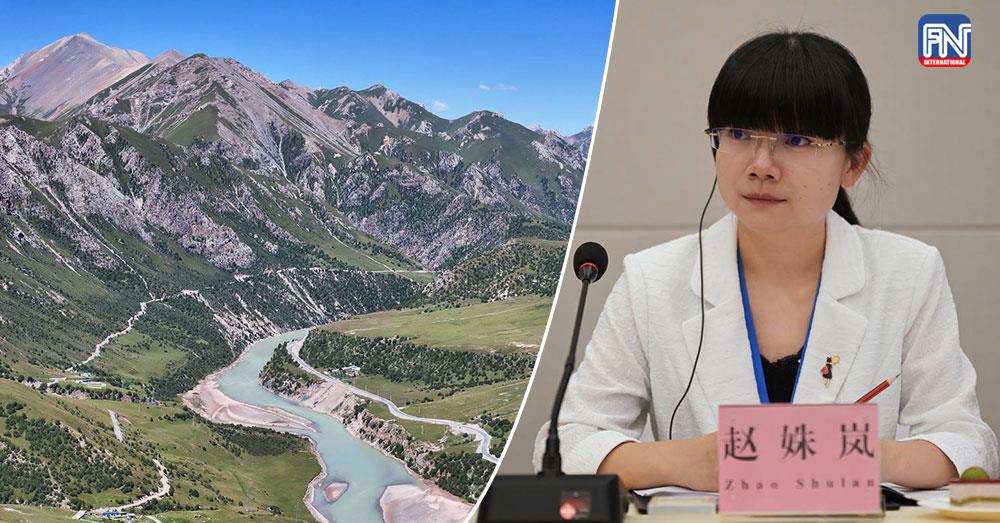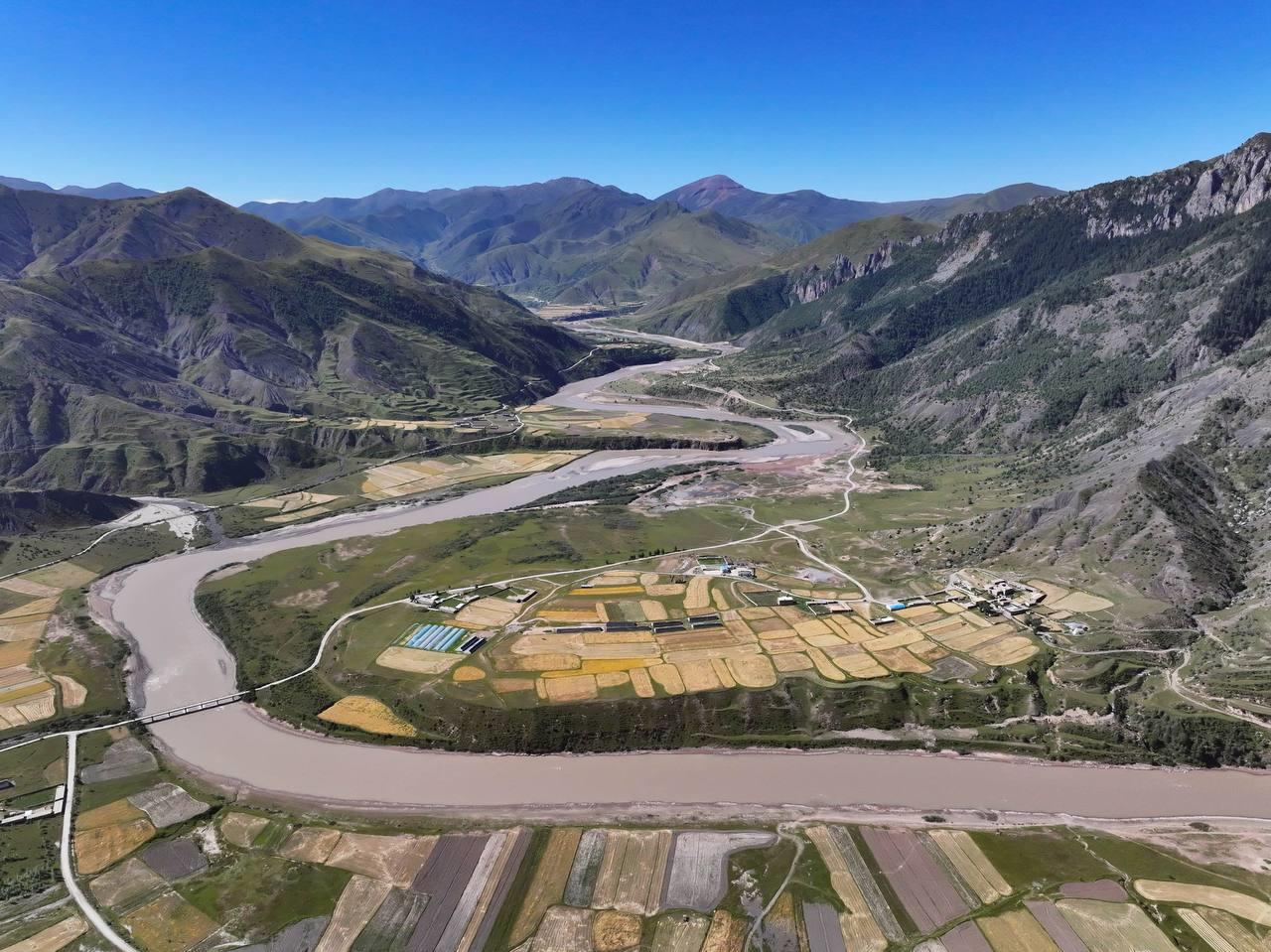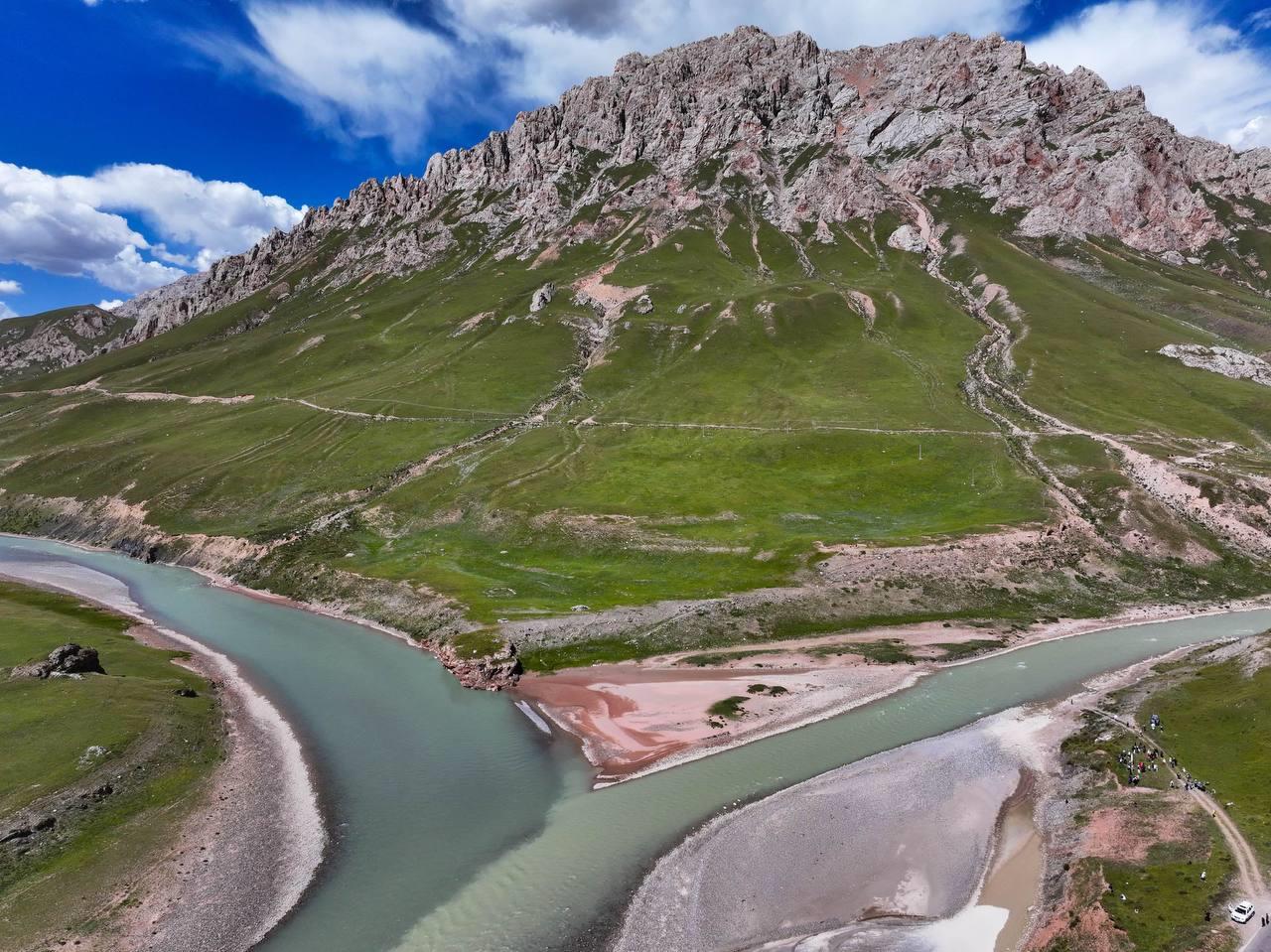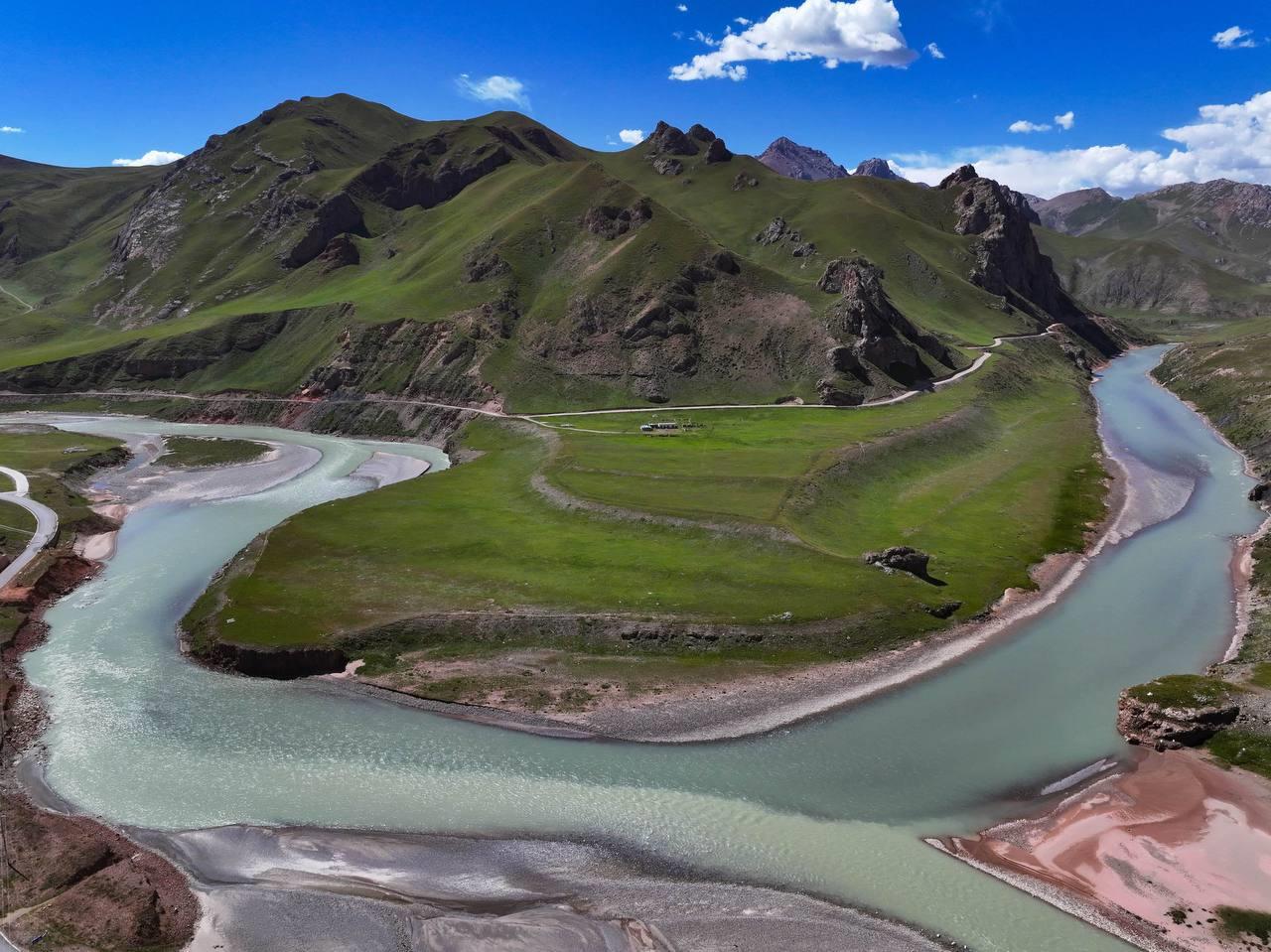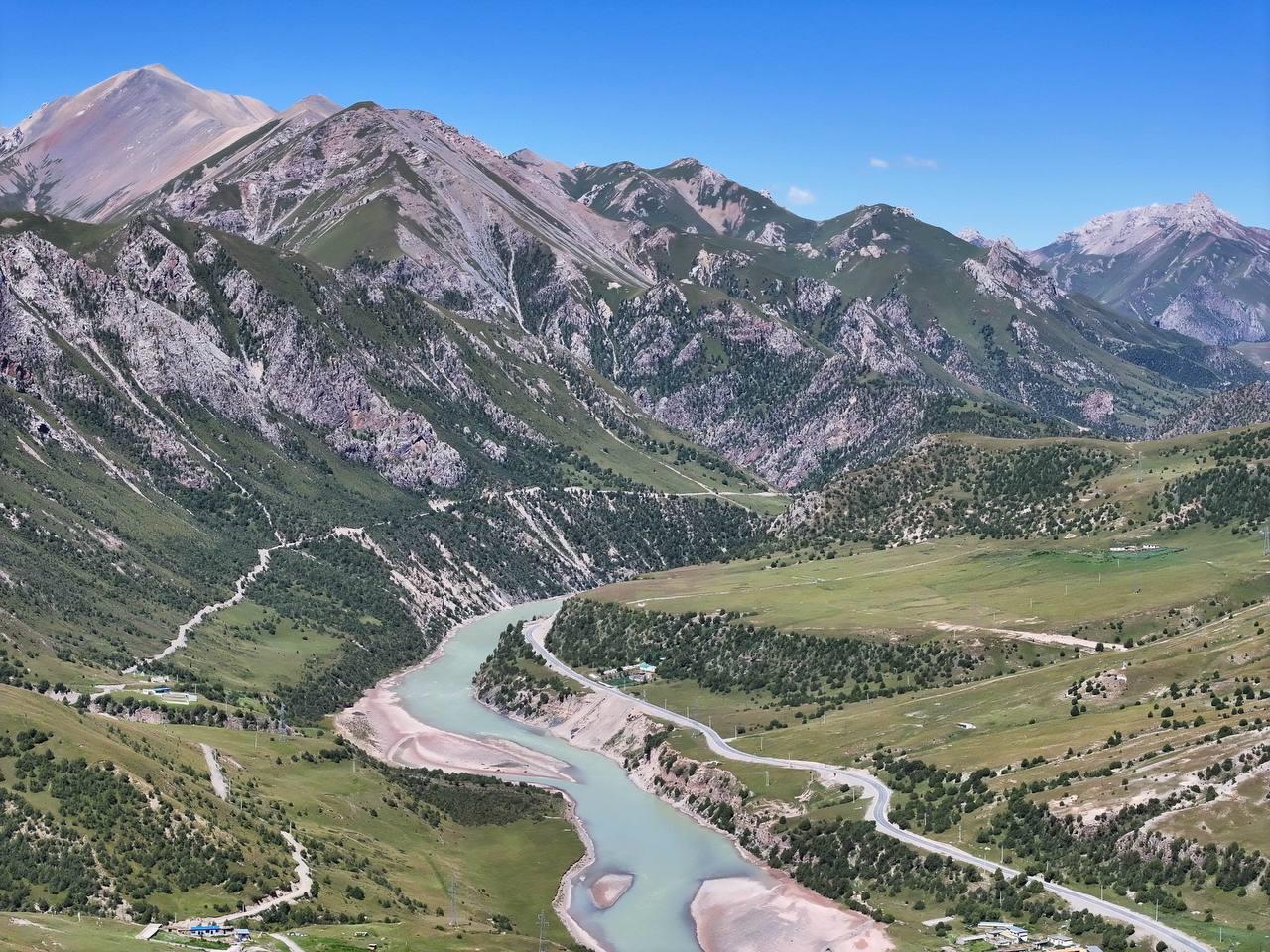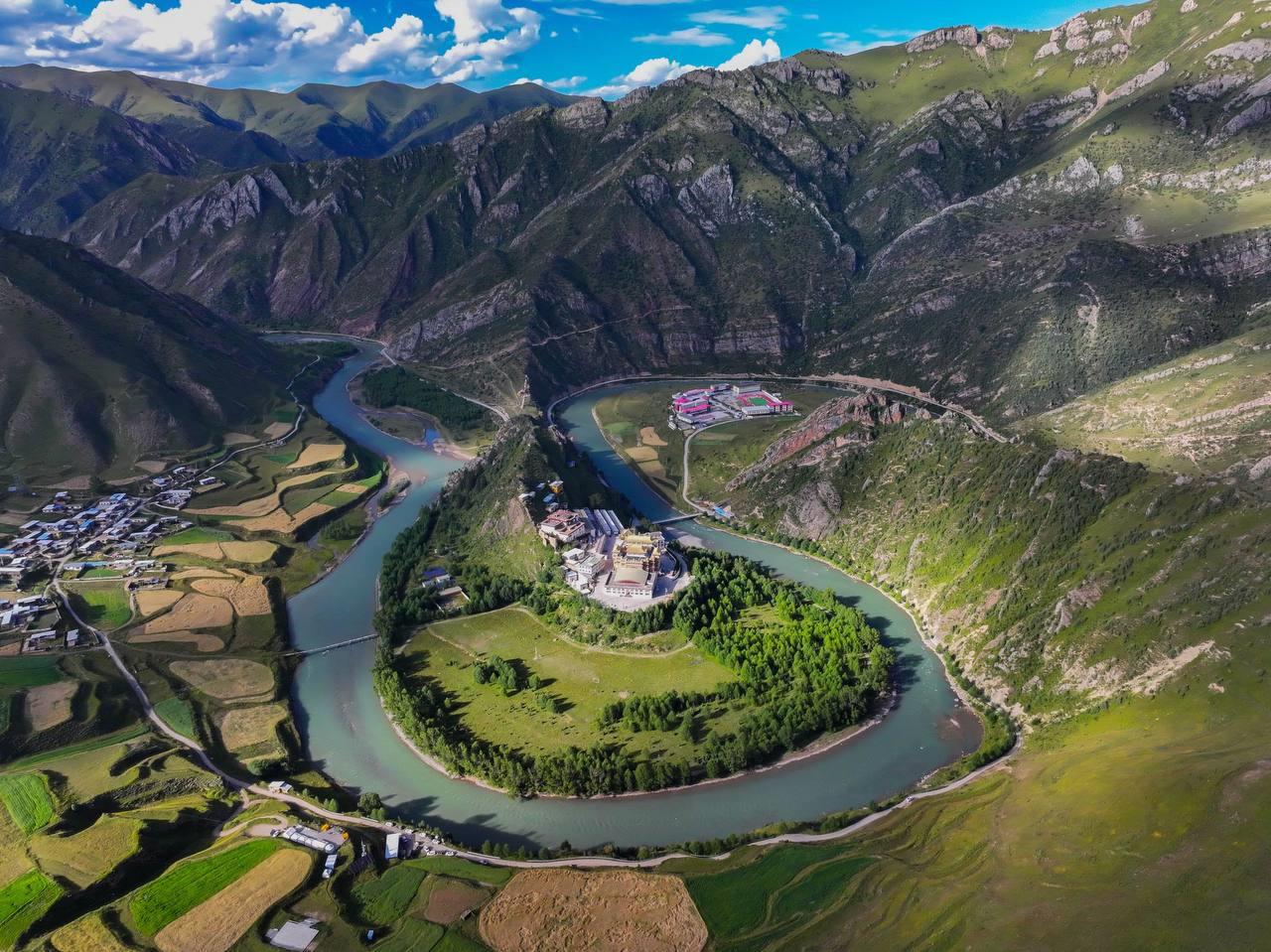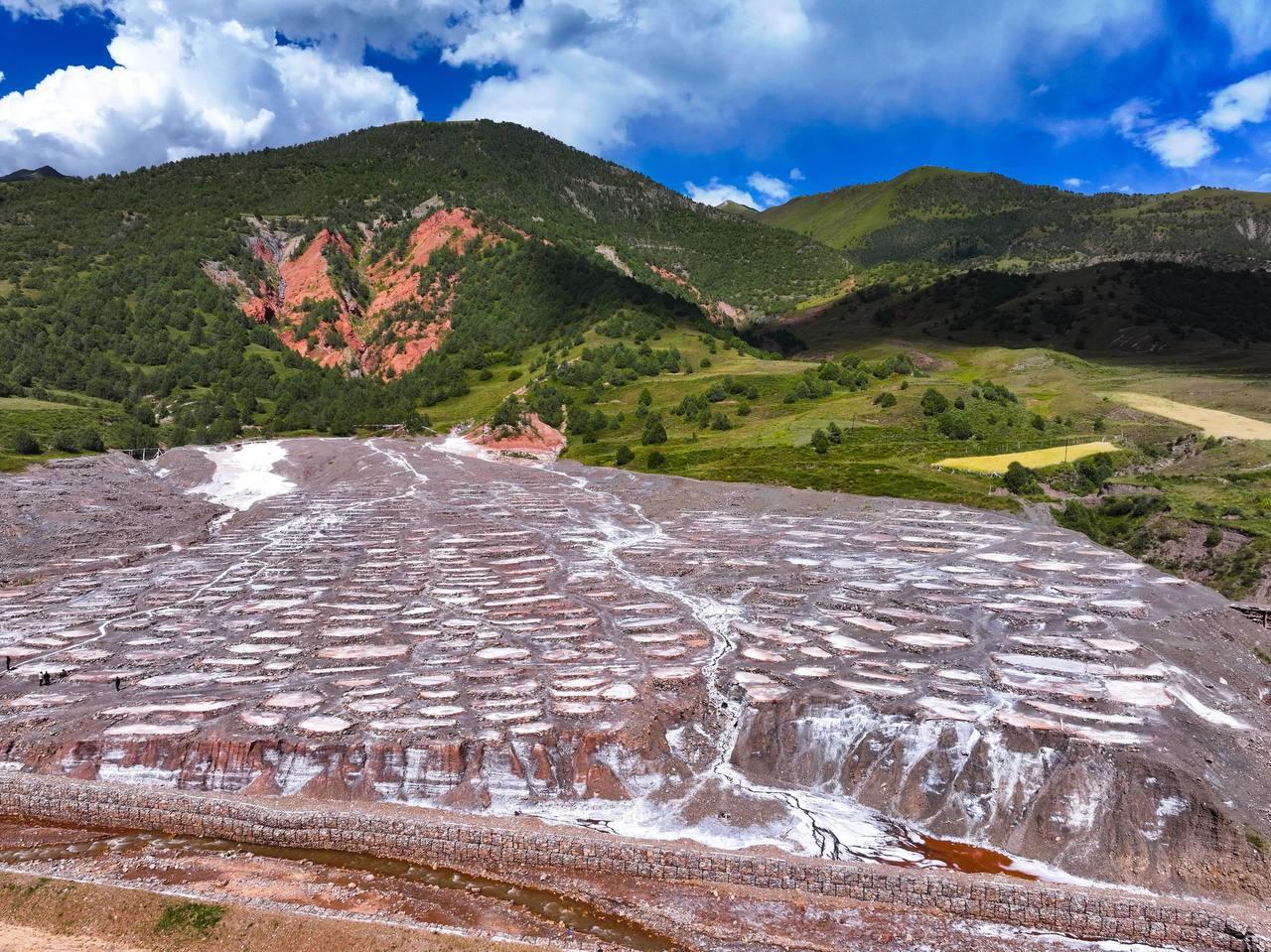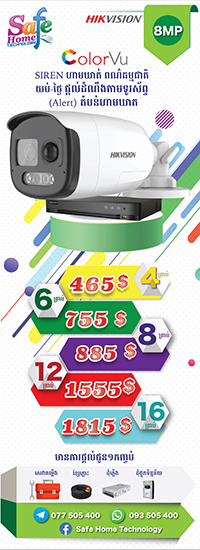Phnom Penh (FN), Oct. 11 – The Lancang-Mekong River, Southeast Asia’s longest and most vibrant waterway, begins its 4,880-kilometer journey in the Tanggula Mountains in China’s Qinghai Province. Flowing through Chamdo City in Tibet Autonomous Region and the mountainous terrain of Yunnan southward, the river exits China near Mengpeng in Mengla County of Yunnan Province. Its course then winds through Myanmar, Laos, Thailand, Cambodia, and finally Vietnam, where it empties into the South China Sea. The river’s basin covers a vast 800,000 square kilometers, and its annual discharge is about eight times that of the Yellow River, underscoring its significance as the most vital river in Southeast Asia.
Often called the “Mother River”, the Lancang-Mekong has long been the lifeblood and breadbasket of the region, nurturing communities and economies along its banks. In recent years, agricultural cooperation between Lancang-Mekong countries has flourished under the Lancang-Mekong Cooperation Mechanism (LMC). In 2023, China became the largest export market for Vietnam's agricultural products, with exports increasing by 17% year-on-year and accounting for 23% of Vietnam’s total agricultural exports. Thailand also saw significant growth, exporting 387.118 billion baht worth of agricultural products to China, representing 41.92% of its total agricultural exports, up 6.19% year-on-year. China has also emerged as Cambodia’s leading trading partner and export market for commodities like rice and rubber. This thriving trade relationship is reciprocal. Four Mekong countries are now the primary source of China’s rice imports, with Vietnam (934,700 tons), Myanmar (541,700 tons), Thailand (461,700 tons), and Cambodia (209,400 tons) ranking among the top five suppliers of rice to China in 2023.
The Lancang-Mekong River is also a vibrant cultural corridor connecting diverse ethnic groups throughout Southeast Asia since ancient times. The river’s name, Mekong, derived from the Thai phrase “Mae Nam Khong”, meaning “Mother River”, and by extension, “the Great River”. This reflects the river’s profound cultural significance in nurturing ancient civilizations overarching countless communities for centuries. The river is recognized as the mother river by many ethnic groups in Southwest China as well as many others throughout Southeast Asia. Today, it remains a vital “golden waterway” facilitating trade, tourism, and cultural exchanges between nations along its banks. The river’s basin is home to a rich mosaic of ethnic groups, each with distinct yet interconnected cultures inherited from their shared reliance on the river. For example, the Water Splashing Festival is an important festival observed by the Dai, Achang, De’ang, and Blang ethnic groups in China; it is also joyfully celebrated by communities in Thailand, Myanmar, Laos, and Cambodia, albeit under different names. This shared cultural heritage, rooted in a common kinship and genetic memory from an intertwined history, forms a strong foundation for development cooperation among Lancang-Mekong countries.
The Lancang-Mekong basin has witnessed a remarkable surge in cultural and people-to-people exchanges in recent years. In March 2016, the first LMC Leaders’ Meeting was successfully held in Sanya, Hainan. At the event, the “Sanya Declaration” was issued, marking the official launch of the LMC to build a community of shared future of peace and prosperity for the Lancang-Mekong countries. Over the past eight years, the LMC has brought many vibrant cultural exchanges and activities in various sectors. The media sector has ushered events like the Lancang-Mekong International Image Week, Lancang-Mekong Audiovisual Week, Lancang-Mekong International Film Week. Aspiring entrepreneurs and young leaders have connected at Lancang-Mekong Youth Innovation and Entrepreneurship Camps. In terms of tourism, initiatives like the Lancang-Mekong Tourism Cities Cooperation Forum in Sanya, and the Lancang-Mekong Tourism Cities Cooperation Alliance play a part in enhancing connections. In the field of education, institutions like Lancang-Mekong International Vocational College and Lancang-Mekong Vocational Education and Training Center have been up and running. In healthcare, collaboration projects like “Brightness Journey” and “Love Journey” have trained a good number of public health professionals in the region. In addition, activities like Lancang-Mekong Cultural and Art Festival, Lancang-Mekong Cooperation International Art and Design Competition, and Lancang-Mekong Six Countries Spring Festival Cultural Exchange have further enriched the cultural exchange landscape. Universities have also been actively hosting Lancang-Mekong Week activities to foster connections among the youth in the region. The diverse array of activities, spanning various sectors and organizers, paints a vivid picture of fruitful and pragmatic cultural exchanges among the six Lancang-Mekong countries under the LMC.
In this era of unprecedented global change, eying on the future of the people in the region, visual media prove an impactful and empathetic way to present history, social, and human development vividly and directly. For example, events like the Lancang-Mekong International Image Week, Film and TV Week, and Audiovisual Week give spotlights to films and video arts made in the Lancang-Mekong River Basin, comprehensively showcasing themes like natural ecology, cultural landscapes, and folk customs. These events allow participating media professionals, photographers, diplomats, and especially the Gen-Zs to experience and witness up close the daily lives of the people living near the source of the Lancang-Mekong River, its breathtaking natural beauty, and the authentic portrayal of China. The Lancang-Mekong International Image Week was included in the Nay Pyi Taw Declaration of the Fourth Leaders’ Meeting of Lancang-Mekong Cooperation in December 2023, encouraging the continuation of the Lancang-Mekong International Image Week to enhance mutual understanding and trust among the people of the six countries.
Video and film exchanges among Lancang-Mekong countries are an excellent way to promote understanding and dialogue across language and cultural barriers. Through communicating with diversified visual products, different cultures mutually exchange and interact, which is also a vivid practice of China’s global civilization initiative. Such exchanges encourage each country to showcase its uniqueness in a diversified community with other cultures so that audiences can appreciate the charms of different cultures. In the meantime, these exchanges help promote a bottom-up awareness of respecting world diversity in the region, thus contributing to the development of global civilizations. Moreover, in producing and sharing common values of peace, development, fairness, justice, and freedom, different countries resonate on these shared values, thus helping to build a community of shared future in the region.
More importantly, documenting and sharing the unique historical and cultural heritage of each country in video formats is, by all means, an effort to preserve cultural and historical legacies. Promoting such collaborative preservation efforts in the Lancang-Mekong basin embodies a true combination of civilization inheritance and innovation. Platforms like the Lancang International Image Week and Film and TV Week empower creators to collaboratively narrate stories of cultural inheritance and social development in the region. This helps to deepen the Lancang-Mekong Cooperation and allows the Global Civilization Initiative to take root and blossom through cultural exchanges.
Shulan Zhao, Ph.D., Director, Institute for Lao Studies, Southeast Asia Institute of China (Kunming)
Tianfu Zhang, China News Service, Qinghai Branch
Chao Miao, China News Service, Yunnan Branch.
=FRESH NEWS
